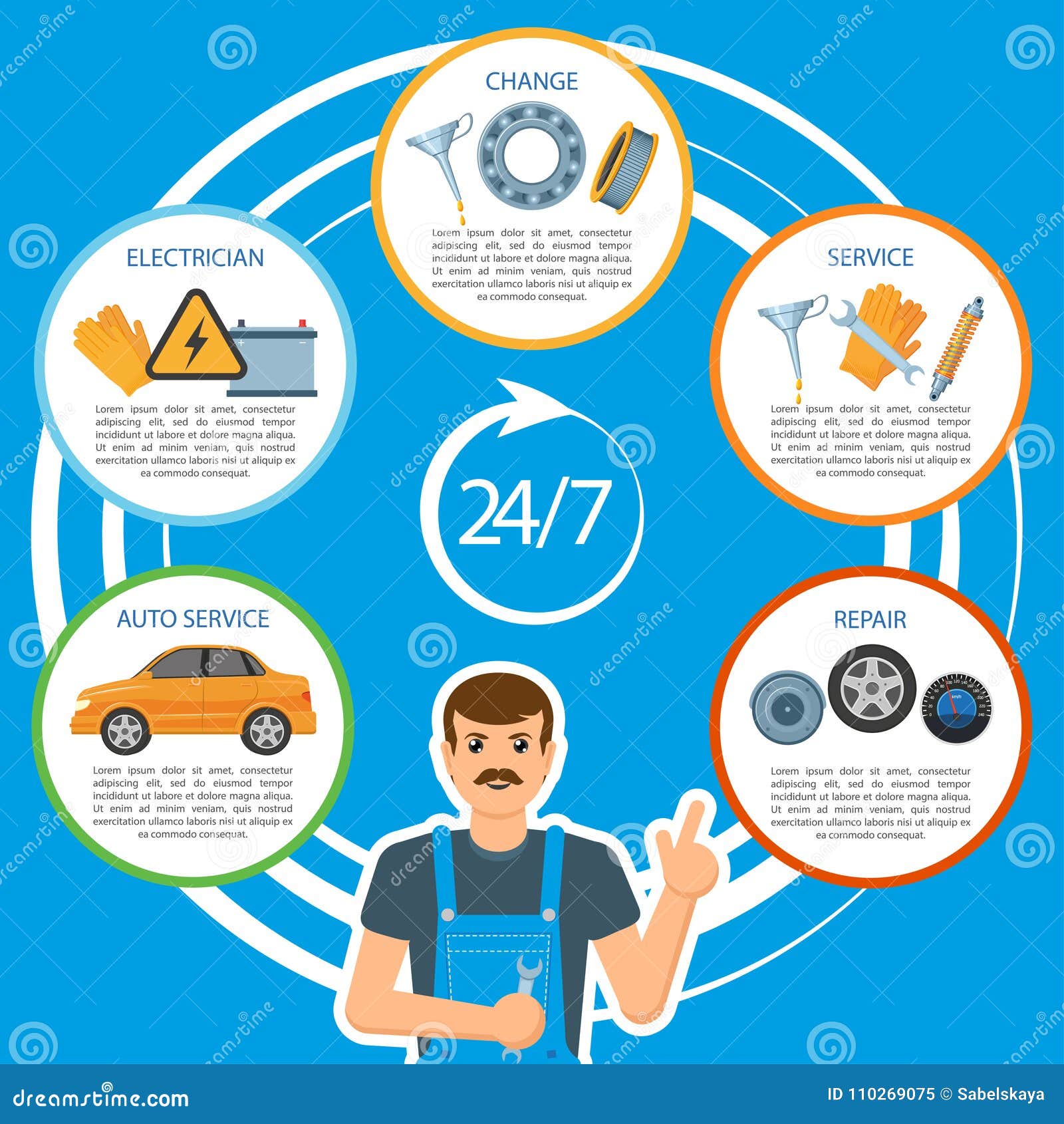Realizing The Significance Of Your Automobile'S Warning Signals: What They Actually Represent
Realizing The Significance Of Your Automobile'S Warning Signals: What They Actually Represent
Blog Article
Authored By-Vinson Kejser
When you lag the wheel, those beautiful warning lights on your dashboard can be a little bit difficult. Do you recognize what they're trying to tell you regarding your cars and truck's health and wellness? Recognizing the importance of these lights is vital for your safety and the long life of your lorry. So, the next time among those lights pops up, wouldn't you wish to decipher its message precisely and take the required steps to resolve it?
Common Caution Lighting and Interpretations
Recognize usual caution lights in your automobile and recognize their definitions to ensure safe driving.
One of the most normal warning lights include the check engine light, which signals issues with the engine or emissions system. If this light begins, it's important to have your car examined immediately.
The oil pressure warning light shows reduced oil stress, calling for immediate attention to prevent engine damages.
A blinking battery light may recommend a faulty billing system, potentially leaving you stranded if not resolved.
The tire stress monitoring system (TPMS) light signals you to reduced tire stress, impacting vehicle security and gas effectiveness. Overlooking this could lead to harmful driving conditions.
The abdominal light suggests a problem with the anti-lock braking system, compromising your capacity to stop rapidly in emergencies.
Lastly, the coolant temperature alerting light warns of engine getting too hot, which can result in serious damages if not settled promptly.
Understanding please click the next document will assist you address problems quickly and preserve safe driving conditions.
Value of Prompt Attention
Understanding the common caution lights in your automobile is only the primary step; the value of immediately dealing with these warnings can't be emphasized enough to ensure your safety on the road.
When a warning light brightens on your dashboard, it's your car's means of connecting a possible problem that needs focus. Overlooking these warnings can cause extra extreme problems in the future, endangering your security and possibly costing you much more in repairs.
Motivate attention to alerting lights can stop breakdowns and accidents. For instance, a blinking check engine light might indicate a misfire that, if left ignored, could create damages to the catalytic converter. Addressing this quickly can save you from an expensive repair.
In a similar way, a brake system advising light might indicate reduced brake fluid or worn brake pads, critical parts for your safety and security when driving.
Do It Yourself Troubleshooting Tips
If you observe a caution light on your dashboard, there are a couple of do it yourself repairing tips you can try prior to looking for specialist help.
The initial step is to consult your vehicle's handbook to understand what the specific warning light shows. Often the concern can be as simple as a loose gas cap triggering the check engine light. Tightening the gas cap may resolve the trouble.
Another typical problem is a reduced battery, which can trigger various cautioning lights. Checking the battery links for rust and guaranteeing they're safe and secure may take care of the problem.
If a caution light continues, you can try resetting it by disconnecting the automobile's battery for a few minutes and then reconnecting it. Additionally, inspecting your lorry's fluid levels, such as oil, coolant, and brake liquid, can help repair advising lights associated with these systems.
Conclusion
To conclude, recognizing your automobile's caution lights is important for keeping your automobile running efficiently and securely. By promptly dealing with https://www.thereporteronline.com/2022/02/15/ambler-business-community-firefighters-hit-hard-by-auto-shop-blaze and knowing what they mean, you can prevent costly repair services and prospective break downs.
Keep in mind to consult your vehicle's handbook for specific information on each alerting light and act appropriately to ensure a trouble-free driving experience.
Stay informed, remain risk-free when driving!
